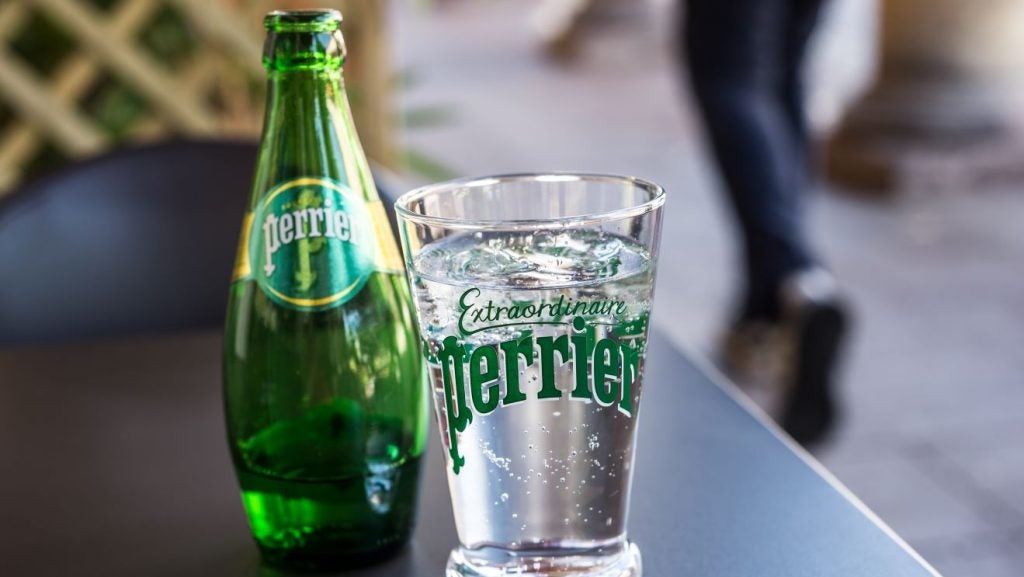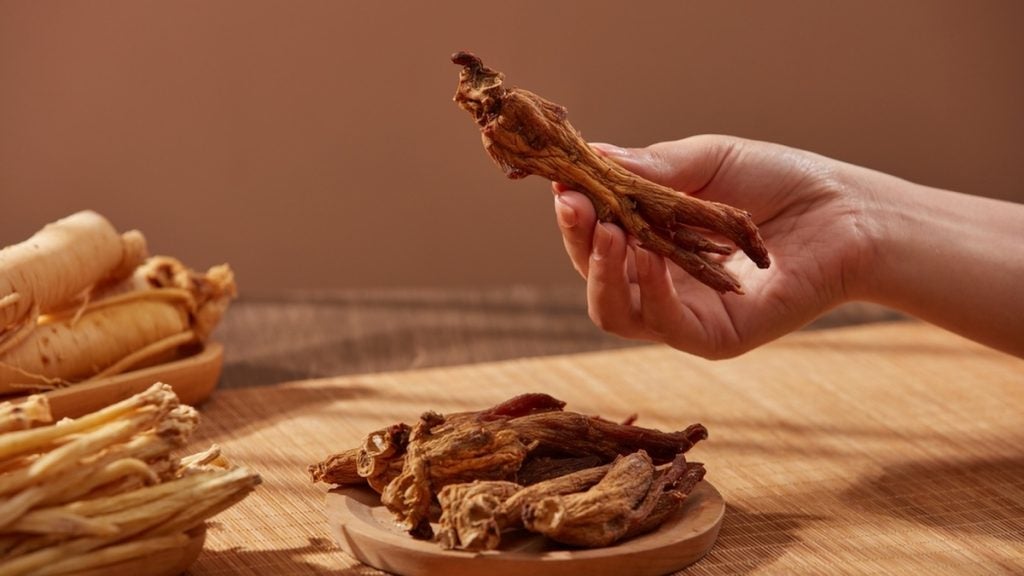 France’s extremely hot summer has resulted in a drop in wine production volumes in many areas but has proved a boon in terms of quality for at least three major regions. Stuart Todd reports on this year’s harvests in the Loire, the Rhone and Southern France.
France’s extremely hot summer has resulted in a drop in wine production volumes in many areas but has proved a boon in terms of quality for at least three major regions. Stuart Todd reports on this year’s harvests in the Loire, the Rhone and Southern France.
Loire
While the extremely hot summer was not to every wine-growing region’s liking, the heatwave conditions appear to have shone favourably on the Loire Valley wines. For the first time in half a century, harvesting took place in August, with the flowering of the vines breaking all records for precocity.
The Loire wines federation, Inter-Loire, estimates the harvest will be down 15% to 20% on a normal year but point to a vintage of exceptional quality. The main features are very high alcohol levels – 14, 14.5 even 15 degrees compared to the normal levels of 12.5 to 13 degrees and low acidity.
Marc Morgat, president of Inter-Loire and the owner of the Château du Breuil estate, which produces AOC Anjou whites and reds, says Loire wines in general were given some timely respite by a little rainfall around mid-July and mid-August. “This really saved us and made possible an excellent maturity of the grapes,” he said.
The Muscadets and Pay Nantais wines, benefiting from their relative proximity to the sea, enjoyed more rain than other areas of the Loire Valley producing near-normal harvests of a very good quality .
How well do you really know your competitors?
Access the most comprehensive Company Profiles on the market, powered by GlobalData. Save hours of research. Gain competitive edge.

Thank you!
Your download email will arrive shortly
Not ready to buy yet? Download a free sample
We are confident about the unique quality of our Company Profiles. However, we want you to make the most beneficial decision for your business, so we offer a free sample that you can download by submitting the below form
By GlobalDataHowever, Morgat says harvests were down significantly in other areas. Volumes of Touraine Sauvignon are reported to have fallen by 40% while there was a decline of 15% to 20% in Chardonnay. But in spite of the drop in volume, 2003 promises to be an exceptional vintage with a high alcohol content.
Meanwhile, another producer says some “sun-kissed” reds in the Anjou-Saumur-Touraine region, bear the characteristics of southern France, Mediterranean or even Moroccan wines, very dark-coloured, full-bodied with alcohol as high as 15.5 degrees.
As for the Sancerres, Michel Betanne, wine critic and author of an annual guide on France’s best wines, “Bettane et Desseauve,” has predicted these will be among the best of the century.
Rhone
The indications are that 2003 has produced a harvest down by around 30% to 40% on an average year. But while the 2003 vintage maybe a low-volume one on the quality-side the first tastings have generated superlatives in abundance.
The Rhone wines federation, Inter-Rhone, highlights that in the southern Rhone Valley, the small-berried Syrah grapes have produced “rich wines, full of colour and with a lot of structure.” The Grenaches “always sugar-rich and full-bodied have developed a hint of fruitiness.”
Inter-Rhone gives a special mention to the appellations’ secondary varietals, including Cinsault, Carignan, Mouvedre, which grew perfectly in dry conditions and produced excellent results.
In the northern areas, whites show “fragrances of dark fruits and freshness” as well as being “full and soft on the palate.” Reds are “deep-coloured, their “structure on the palate sustained” and with “hints of dark fruits, spices and melted tannins.”
“Exceptional” is how Paul Coulon, president of the Rhone Valley’s independent winegrowers federation, FVIVR, describes the 2003 harvest. “One usually considers that the number days of exceptional heat, (temperatures in excess of 30 degrees C) is an important factor in the quality of a vintage. The record until now had been 66 days, in 1989. In 2003 there were 83 days,” says Coulon.
2003 is an excellent vintage for the reserve reds too which in four to five years, Coulon predicts, will become “jewels” among leading French wines.
Feedback from the federation’s members confirmed an excellent quality all round be it for Cotes-du-Rhone, Regionales, Crus, Villages, Ventoux, Luberon, Tricastin or local and table wines.
Southern France
Reports suggest that the 2003 vintage of southern France or French Mediterranean wines – which encompass the extreme south of the Rhone Valley, Provence and Languedoc, will be nothing short of exceptional.
Commenting on the harvest in these regions, Olivier Merrien, director of the Institut Co-operative du Vin, highlighted climatic conditions which had contributed to the near-perfect health of the vines allowing them to cope with storms at the end of August and September. Water shortages meant berries were extremely small but qualitatively this was an important plus.
The cold store capacity of cellars was a crucial factor too in the first phase of harvesting with grapes entering wineries at temperatures above 35 degrees centigrade in some cases. The Sauvignon whites, harvested at the right moment, are very fragrant and expressive while the Chardonnays are characterised by very ripe aromas.
The Merlots and Cabernet Sauvignon are fruity while the Syrah grape, in either Vins de Pays or AOC zones, has produced full-bodied wines. Late varietals, such as Carignan and Mourvedre, are among the stars of the vintage boasting an excellent tannic structure.
Bucking the prevailing trend, 2003 volumes of Cotes de Provence wines look set to exceed those of 2002 by around 5% to reach 930,000 hectolitres.
Trade body, the Syndicat des Cotes de Provence, say a bigger volume harvest is welcome news not only because there is sustained demand for the wines but also a need to shore-up dwindling stocks.
Low acidity and minimal sugar levels typify the 2003 vintage, features which are viewed as “very satisfactory” in the vast majority of Provencal vineyards.
The 2003 harvest of the Languedoc AOC’s is likely to be on a par with last year, among the smallest. In the past decade,” says Christophe Jammes, economic affairs spokesman at the Languedoc Wines association CIVL
Feedback from its members points to “a very good vintage with a promising wine-making phase likely to yield some exceptional products.”





